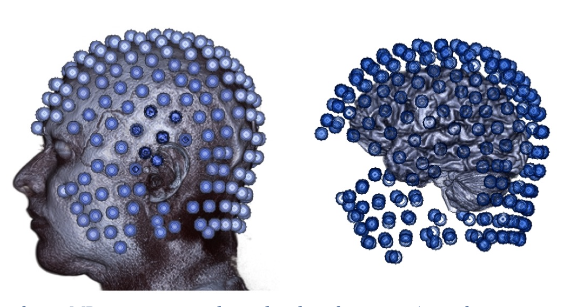Projects
Photo by Ryan Loughlin on Unsplash
Alpha Oscillations & Attention
When we close our eyes, the visual cortex produces oscillatory electrical signals (in the range of 8-12Hz), known as alpha oscillations. These oscillations are across species and tightly coupled to attention, making them a fascinating neural signal – potentially a marker of attention. Our research aims to understand the network interactions in the brain that generate or modulate alpha oscillations.
Attention Impairments in ADHD
Where do attention impairments in ADHD stem from? Our research into this question aims to understand how the brain’s attention system functions during encoding and visual attention in ADHD. Additionally, we want to understand whether any differences in this system predict executive function and academic achievement in any subset of individuals with ADHD.
Attention In Real-Life Context
We know a lot about brain systems of attention, but most of our observations are based on laboratory studies that we also know don’t always correlate well with real-life observations of attention – such as in school. In this work, we use mobile EEG systems to capture attention processing in real-life contexts, allowing us to explore how situational context affects attention processing – and ultimately the processes that depend on attention such as memory and learning.
Multi-modal Neuroimaging
Different neuroimaging tools provide different perspectives in the study of brain function. A chief theme in the lab is multimodal imaging – the objective of which is to combine different tools to provide a more comprehensive lens on our research questions. For instance, we collect EEG and fMRI data concurrently in order to both measure alpha oscillations across time, and also capture whole-brain functional connectivity during attention.
In collaboration with Dr. Karen Mullinger & Dr. Susan Francis (University of Nottingham) this project includes high-field (7T) multimodal imaging of neural activation across layers of visual cortex. This project aims to understand the patterns of information flow in the cortex that account for scalp-recorded neural oscillations.



